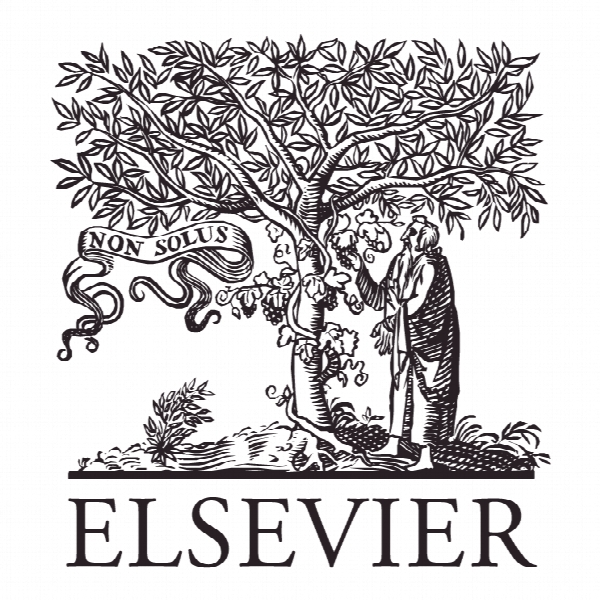کاربرد آنالیز تکافت پیشرفته در مدیریت عمومی تکنولوژی در آینده Application of Enhanced SWOT Analysis in the Future-oriented Public Management of Technology
- نوع فایل : کتاب
- زبان : انگلیسی
- ناشر : Elsevier
- چاپ و سال / کشور: 2018
توضیحات
رشته های مرتبط مدیریت
گرایش های مرتبط مدیریت استراتژیک
مجله هفتمین کنفرانس بین المللی مهندسی، پروژه و مدیریت تولید – 7th International Conference on Engineering
دانشگاه Faculty of Management – Bialystok University of Technology – Poland
منتشر شده در نشریه الزویر
کلمات کلیدی تجزیه و تحلیل SWOT گسترده، پیش بینی فناوری، مدیریت فناوری
گرایش های مرتبط مدیریت استراتژیک
مجله هفتمین کنفرانس بین المللی مهندسی، پروژه و مدیریت تولید – 7th International Conference on Engineering
دانشگاه Faculty of Management – Bialystok University of Technology – Poland
منتشر شده در نشریه الزویر
کلمات کلیدی تجزیه و تحلیل SWOT گسترده، پیش بینی فناوری، مدیریت فناوری
Description
1. Introduction The main purpose of the paper is to present the rationale, the methodological details and a practical example of the application of the enhanced SWOT analysis in the context of technological foresight. SWOT analysis is commonly used in foresight studies as an instrument of categorizing significant factors that determine the development of a particular phenomenon or an organization. In its classical form, SWOT analysis is based on the division of phenomena and states that influence the development of an organization into strengths and weaknesses located inside the organization as well as the opportunities and threats located outside the organization [5]. As a result of such division, a four-field SWOT diagram is obtained. An extended SWOT analysis model that includes three criteria of factor division is proposed in the literature [26]. These criteria are: occurrence in time (existing or potential), source of origin (from inside of the system or from the environment), nature of influence (favourable or unfavourable). Such division leads to the creation of an eight-field SWOT diagram. In the opinion of the paper authors, such approach is still insufficient in the context of foresight studies. In foresight projects, SWOT analysis is defined as an analytical tool which should be used for categorizing significant factors that determine the development of a given organization of a territorial entity [6]. When one adopts the foresight approach and aim sat determining the long term visions of the future, the factors that may potentially occur in the future seem to be the most important to study, whereas the already existing factors should be a subject of planning and programming activities with fairly short time perspective. The authors, for the purpose of foresight studies propose an innovative extension of SWOT analysis by an additional dimension: the assessment of factor significance in two time perspectives: the current state and the foresight horizon. As a result, a thirty-two-field SWOT diagram is obtained. The proposed approach constitutes a significant enrichment of foresight methodology. As a result of the proposed enhancement, each group of SWOT factors (strengths, stimuli, weaknesses, counter stimuli, internal opportunities, external opportunties, internal threats, external threats) was additionally split into four fields: factors that are insignificant today and insignificant in the future, factors that are significant today but insignificant in the future, factors that are insignificant today but significant in the future, factors that are significant today and significant in the future [18]. The specificity of foresight research makes one pay special attention to the factors that are of low importance now but may be of high importance in the future. Focusing on drivers which are currently insignificant and are not appreciated by others, but which may lead to a dynamic future growth, is one of the pillars of a good foresight-based strategy [19].


